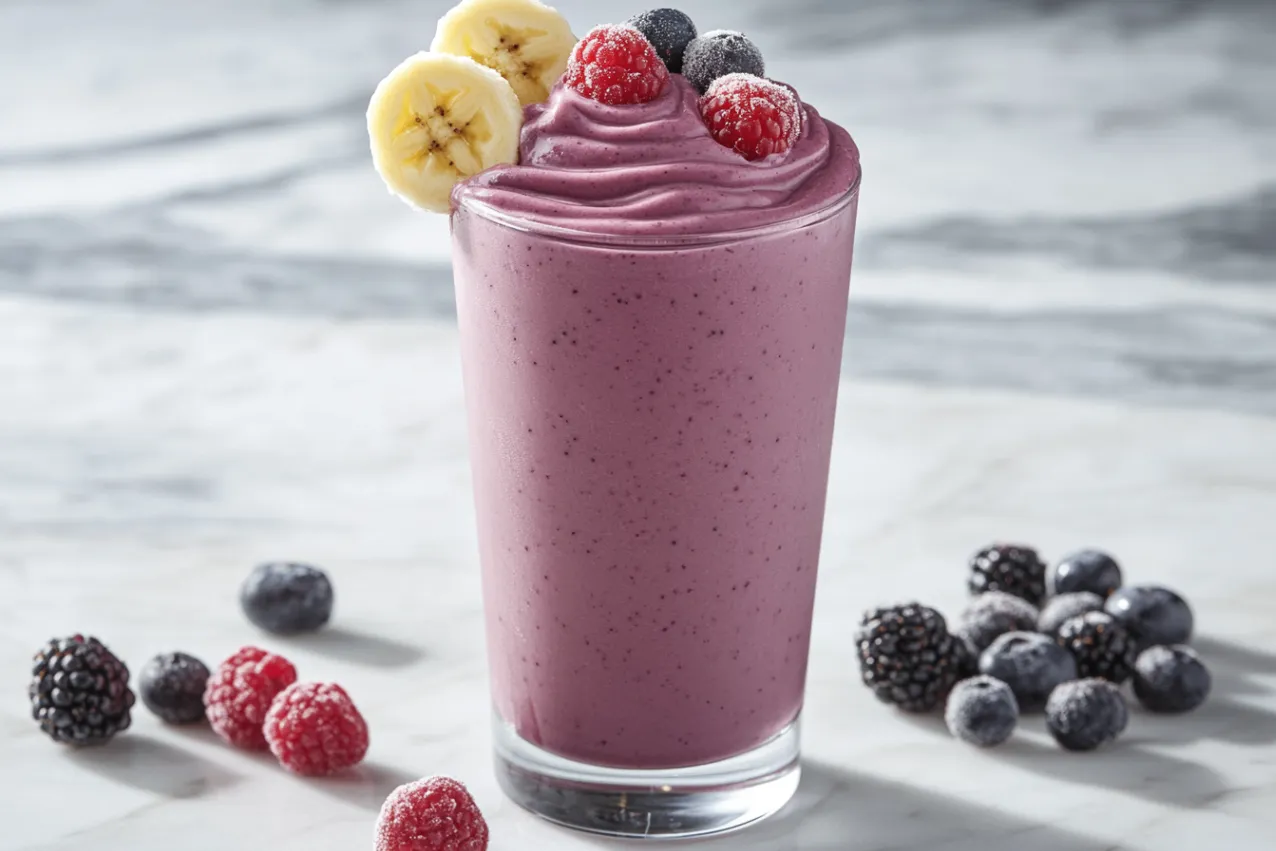Table of Contents
Table of Contents
Are you searching for the perfect protein-packed smoothie that combines incredible taste with optimal nutrition? Look no further than this Ultimate Banana Berry Protein Smoothie recipe that’s been transforming morning routines and post-workout recovery sessions across the fitness community. This powerhouse blend delivers exceptional flavor while providing the essential nutrients your body craves for peak performance and sustained energy.
This comprehensive guide will walk you through everything you need to know about creating the perfect banana berry protein smoothie, from selecting the finest ingredients to mastering preparation techniques that ensure consistently smooth, creamy results every single time. Whether you’re a fitness enthusiast, busy professional, or health-conscious parent, this recipe will become your go-to solution for quick, nutritious meals that actually taste amazing.
Why Banana Berry Protein Smoothies Are Taking the Health World by Storm
The Perfect Nutritional Symphony
Banana berry protein smoothies represent the ideal marriage of taste and nutrition, delivering a comprehensive array of macronutrients and micronutrients in one convenient, delicious package. The natural sweetness of bananas eliminates the need for added sugars, while mixed berries provide powerful antioxidants that support cellular health and combat inflammation throughout your body.
The protein component transforms this smoothie from a simple fruit blend into a substantial meal replacement or post-workout recovery drink. High-quality protein powder provides essential amino acids necessary for muscle repair, growth, and maintenance, making this smoothie particularly valuable for athletes, fitness enthusiasts, and anyone looking to increase their daily protein intake without compromising on taste.
Scientific Benefits That Make a Difference
Research consistently demonstrates that combining fast-absorbing carbohydrates from fruits with high-quality protein creates an optimal environment for muscle protein synthesis and glycogen replenishment. The potassium-rich bananas support proper muscle function and help prevent cramping, while the antioxidant-rich berries contribute to reduced exercise-induced oxidative stress.
The fiber content from whole fruits promotes digestive health and helps maintain stable blood sugar levels, preventing the energy crashes often associated with processed breakfast alternatives. This sustained energy release makes banana berry protein smoothies ideal for busy mornings when you need reliable fuel to power through demanding schedules.

Ingredients
Nutrition
Tried this recipe?
Let us know how it was!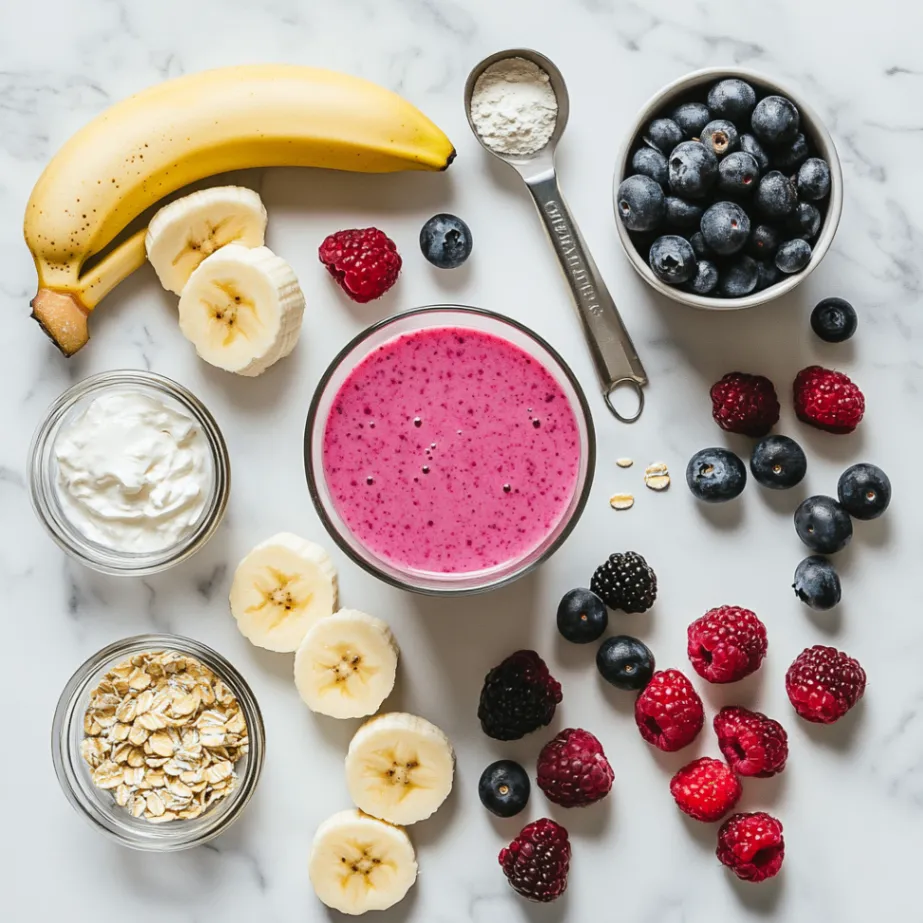
Essential Ingredients for the Perfect Banana Berry Protein Smoothie
Primary Ingredients
Ripe Bananas (2 medium, approximately 240g) Choose bananas with yellow peels dotted with small brown spots, indicating optimal ripeness and natural sweetness. Frozen bananas create an incredibly creamy texture while eliminating the need for ice, which can dilute flavor and nutritional density.
Mixed Berry Blend (1 cup, 150g)
- Fresh or frozen blueberries (1/2 cup)
- Fresh or frozen strawberries (1/2 cup, hulled and halved)
- Optional: raspberries or blackberries for additional complexity
Frozen berries are often more cost-effective and convenient while maintaining identical nutritional profiles to their fresh counterparts. They also contribute to the smoothie’s thick, milkshake-like consistency.
High-Quality Protein Powder (1-2 scoops, 25-50g) Select from vanilla whey protein, plant-based protein blends, or unflavored options depending on dietary preferences and restrictions. Vanilla complements the fruit flavors beautifully, while unflavored allows the natural fruit sweetness to shine.
Liquid Base (1-1.5 cups)
- Unsweetened almond milk for lower calories
- Greek yogurt thinned with milk for extra protein
- Coconut milk for tropical richness
- Regular milk for classic creaminess
Nutritional Enhancers
Greek Yogurt (1/2 cup, 120g) Plain Greek yogurt doubles the protein content while adding probiotics for digestive health and creating an incredibly creamy texture that rivals expensive smoothie shop creations.
Ground Flaxseed or Chia Seeds (1-2 tablespoons) These nutritional powerhouses contribute omega-3 fatty acids, additional fiber, and help create a more satisfying, filling smoothie that keeps hunger at bay for hours.
Natural Nut Butter (1-2 tablespoons) Almond butter, peanut butter, or cashew butter adds healthy fats, additional protein, and creates rich, indulgent flavor profiles that transform this smoothie into a dessert-worthy treat.
Optional Flavor Boosters
Pure Vanilla Extract (1/2 teaspoon) Enhances the natural sweetness and adds depth to the overall flavor profile without contributing calories or artificial additives.
Cinnamon (1/4 teaspoon) This warming spice may help regulate blood sugar levels while adding a comforting, bakery-inspired note that pairs beautifully with bananas.
Honey or Maple Syrup (1-2 teaspoons) Only add if additional sweetness is desired, though properly ripe bananas typically provide sufficient natural sweetness.
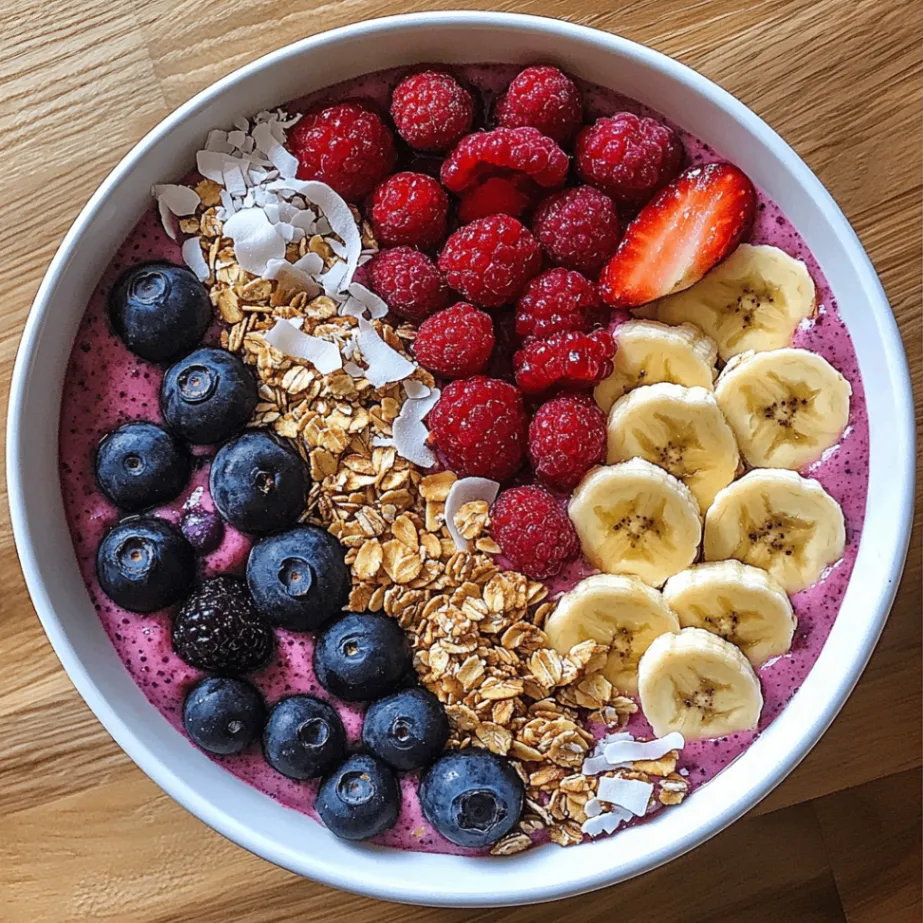
Step-by-Step Preparation Method for Smoothie Perfection
Pre-Preparation Tips for Success
Before beginning the blending process, ensure all frozen ingredients are slightly thawed for 5-10 minutes to reduce strain on your blender and achieve smoother results. Room temperature protein powder blends more easily than cold powder, preventing clumping and ensuring even distribution throughout the smoothie.
The Professional Blending Technique
Step 1: Liquid Foundation Pour your chosen liquid base into the blender first. This prevents ingredients from sticking to the bottom and ensures proper circulation during blending. Start with less liquid than you think you need – you can always add more, but you cannot remove excess liquid once added.
Step 2: Protein Integration Add protein powder next, allowing it to settle into the liquid naturally. This positioning prevents powder from creating air pockets that can result in uneven texture and clumping.
Step 3: Creamy Components Layer in Greek yogurt and nut butter if using. These dense ingredients benefit from being positioned between the liquid and solid fruits for optimal blending efficiency.
Step 4: Fruit Addition Add berries first, followed by banana pieces. Frozen fruits should be added last to prevent them from forming a frozen mass that’s difficult to break down.
Step 5: Final Enhancements Sprinkle in seeds, spices, and flavor extracts. These smaller ingredients distribute most evenly when added after the primary components.
The Blending Process
Initial Pulse (10-15 seconds) Begin with short pulses to break down larger pieces and create initial movement within the blender. This technique prevents the motor from straining against solid frozen fruits.
Progressive Blending (30-45 seconds) Increase to medium speed, allowing the ingredients to circulate and begin forming a cohesive mixture. Stop and scrape down sides if necessary to ensure even blending.
High-Speed Finishing (15-30 seconds) Finish with high-speed blending to achieve that signature smooth, creamy texture that makes homemade smoothies rival professional creations.
Texture Optimization Techniques
If your smoothie is too thick, add liquid gradually in 2-tablespoon increments until desired consistency is achieved. If too thin, add more frozen fruit or a small amount of ice to thicken without diluting flavor.
For ultra-smooth results, blend an additional 10-15 seconds after achieving your desired consistency. This extra blending time ensures all ingredients are fully incorporated and eliminates any remaining texture irregularities.
Professional Cooking Tips for Smoothie Mastery
Ingredient Preparation Strategies
Banana Preparation and Storage Peel and slice ripe bananas before freezing them in single-layer arrangements on parchment-lined baking sheets. Once frozen solid, transfer to freezer bags for convenient storage. Pre-frozen banana slices blend more easily than whole frozen bananas and create consistently smooth textures.
Berry Selection and Handling When using fresh berries, wash and thoroughly dry them before freezing to prevent ice crystal formation that can affect texture. Frozen berries often provide better value and consistent availability year-round while maintaining identical nutritional profiles.
Protein Powder Integration Room temperature protein powder blends more smoothly than cold powder. Store protein powder in a cool, dry place and measure it into the blender before adding cold ingredients to prevent temperature shock that can cause clumping.
Equipment Optimization
Blender Selection High-powered blenders like Vitamix or Blendtec produce superior results, but quality smoothies are achievable with standard blenders using proper technique. For standard blenders, allow frozen ingredients to thaw slightly and blend in stages for best results.
Blade Maintenance Sharp blender blades are crucial for achieving smooth textures. Dull blades require longer blending times and may leave chunks of frozen fruit unprocessed. Regular blade sharpening or replacement ensures consistent results.
Timing and Temperature Considerations
Optimal Serving Temperature Serve smoothies immediately after blending for best texture and flavor. If storing for later consumption, expect some separation – simply stir before drinking.
Make-Ahead Strategies Pre-portion ingredients into freezer bags for grab-and-go convenience. Include everything except liquid, then add liquid and blend when ready to consume. This method maintains ingredient freshness while dramatically reducing preparation time.
Consistency Troubleshooting
Too Thick Solutions
- Add liquid gradually in small increments
- Ensure frozen fruits aren’t over-frozen
- Blend longer at lower speeds initially
Too Thin Solutions
- Add more frozen fruit
- Include a small amount of ice
- Add extra protein powder or Greek yogurt
Clumpy Texture Fixes
- Ensure protein powder is at room temperature
- Add liquid before powder
- Blend longer at medium speed before increasing to high
Advanced Variations and Customization Options
Dietary Adaptation Strategies
Vegan-Friendly Modifications Replace Greek yogurt with coconut yogurt or silken tofu for protein and creaminess. Choose plant-based protein powders from pea, hemp, or rice protein sources. Substitute dairy milk with oat, almond, or soy milk alternatives.
Keto-Compatible Versions Reduce banana quantity and increase nut butter and MCT oil. Focus on lower-carb berries like raspberries and blackberries. Use unsweetened almond milk and add avocado for creaminess without excess carbohydrates.
Paleo-Approved Options Eliminate protein powder and rely on natural protein sources like almond butter and coconut milk. Use honey as the only sweetener if additional sweetness is needed.
Seasonal Adaptations
Summer Variations Add fresh mint leaves for refreshing coolness. Include cucumber for extra hydration and subtle flavor. Incorporate coconut water as part of the liquid base for electrolyte replenishment.
Winter Modifications Add warming spices like ginger, nutmeg, or cardamom. Include a small amount of raw cacao powder for chocolate notes. Use room temperature ingredients and serve immediately to prevent excessive cooling.
Superfood Enhancements
Green Additions Spinach or kale adds nutrients without significantly altering taste when used in moderation. Start with small amounts and gradually increase as taste preferences adapt.
Antioxidant Boosters Acai powder, goji berries, or pomegranate juice concentrate dramatically increase antioxidant content while adding unique flavor dimensions.
Healthy Fat Sources Avocado creates incredible creaminess while providing heart-healthy monounsaturated fats. MCT oil supports sustained energy and may enhance fat burning during exercise.
Nutritional Analysis and Health Benefits
Macronutrient Breakdown
A standard serving of this banana berry protein smoothie provides approximately:
- Calories: 350-450 (depending on additions)
- Protein: 25-35 grams
- Carbohydrates: 45-55 grams
- Fat: 8-12 grams
- Fiber: 8-12 grams
Micronutrient Powerhouse
Vitamin C Content The combination of berries and bananas provides over 100% of daily vitamin C requirements, supporting immune function and collagen synthesis for healthy skin and joints.
Potassium Benefits Bananas are exceptional potassium sources, providing approximately 400mg per medium fruit. This essential mineral supports proper muscle function, nerve transmission, and blood pressure regulation.
Antioxidant Capacity Berries rank among the highest antioxidant foods available, with blueberries containing particularly high levels of anthocyanins that support brain health and may improve memory function.
Performance and Recovery Benefits
Post-Workout Optimization The 3:1 or 4:1 carbohydrate-to-protein ratio in this smoothie aligns perfectly with sports nutrition recommendations for optimal muscle glycogen replenishment and protein synthesis following intense exercise.
Sustained Energy Release The combination of natural fruit sugars, fiber, protein, and healthy fats creates a sustained energy release pattern that prevents blood sugar spikes and crashes associated with processed breakfast options.
Digestive Health Support The fiber content from whole fruits and optional additions like flaxseed supports healthy digestive function and promotes beneficial gut bacteria growth.
Storage, Meal Prep, and Serving Suggestions
Proper Storage Techniques
Immediate Consumption Smoothies taste best when consumed immediately after blending. The fresh flavors are most vibrant, and the texture remains optimal without separation or oxidation.
Short-Term Storage If storing for later consumption within 24 hours, use airtight glass containers and fill completely to minimize air exposure. Expect some natural separation – simply stir before drinking.
Freezer Storage Options Pour smoothies into ice cube trays for portion-controlled frozen treats or future smoothie additions. Alternatively, freeze in individual serving containers, though texture will change upon thawing.
Meal Prep Strategies
Ingredient Prep Packs Pre-portion all ingredients except liquid into freezer bags. Label with contents and date, then store for up to three months. Add liquid and blend when ready to consume.
Batch Preparation Make larger quantities and store in individual serving containers. This method works well for families or busy individuals who want grab-and-go nutrition throughout the week.
Creative Serving Ideas
Smoothie Bowl Transformation Use less liquid to create a thicker consistency, then serve in bowls topped with granola, additional fresh berries, coconut flakes, or chopped nuts for textural contrast.
Frozen Treat Options Pour into popsicle molds for healthy frozen treats that kids and adults love. These make excellent post-workout recovery snacks during hot weather.
Parfait Presentations Layer smoothie with Greek yogurt and granola in clear glasses for visually appealing breakfast presentations perfect for entertaining or special occasions.
Equipment Recommendations and Kitchen Setup
Blender Selection Guide
High-Performance Options Professional-grade blenders like Vitamix or Blendtec handle frozen ingredients effortlessly and create consistently smooth textures. While expensive, they’re worthwhile investments for frequent smoothie makers.
Budget-Friendly Alternatives Quality results are achievable with mid-range blenders when using proper technique. Look for models with multiple speed settings and pulse functions for optimal control.
Single-Serve Convenience Personal blenders like NutriBullet or similar brands are perfect for individual servings and easy cleanup. They’re ideal for busy lifestyles and small kitchens.
Essential Accessories
Measuring Tools Accurate measuring cups and spoons ensure consistent results. Consider investing in a kitchen scale for precise protein powder measurements.
Storage Solutions Glass mason jars work excellently for storage and transport. Their wide mouths accommodate easy cleaning and filling.
Prep Containers Having designated containers for pre-portioned ingredients streamlines the smoothie-making process and encourages consistent healthy eating habits.
Troubleshooting Common Issues
Texture Problems and Solutions
Grainy or Gritty Texture This typically results from insufficient blending time or using low-quality protein powder. Blend longer at medium speed before increasing to high, and consider switching protein powder brands.
Separation Issues Natural separation occurs due to density differences between ingredients. This doesn’t affect safety or nutrition – simply stir before consuming.
Ice Crystal Formation Using too much ice or improperly frozen ingredients can create unpleasant ice crystals. Use frozen fruit instead of ice when possible, and ensure fruits are properly frozen in single layers.
Flavor Balance Adjustments
Too Sweet Solutions Add a pinch of salt or increase tart berries like raspberries. Consider using unsweetened protein powder or reducing banana quantity.
Insufficient Sweetness Ensure bananas are properly ripe with brown spots. Add a small amount of pure vanilla extract or natural sweeteners like dates or maple syrup.
Bland or Flat Flavor Enhance with vanilla extract, cinnamon, or a pinch of salt. Fresh lemon juice can brighten overall flavor profiles.
Frequently Asked Questions
Can I make this Banana Berry smoothie without protein powder?
Absolutely! While protein powder boosts the nutritional profile, your Banana Berry smoothie can still be delicious and nourishing without it. You can increase Greek yogurt to a full cup, add 2–3 tablespoons of nut butter, or use silken tofu for a plant-based protein alternative. These substitutions maintain the creamy texture and health benefits of your Banana Berry creation.
How long can I store a Banana Berry protein smoothie?
For best flavor and texture, consume your Banana Berry smoothie right after blending. If needed, you can store it in an airtight container in the fridge for up to 24 hours. Natural separation may occur—just stir before drinking. You can also freeze your Banana Berry smoothie for up to 3 months, although the texture will change upon thawing.
What’s the best protein powder for a Banana Berry smoothie?
Vanilla whey protein complements the fruity flavor of a Banana Berry smoothie very well. For plant-based versions, try pea protein, hemp protein, or a blended vegan formula. Choose unflavored options if you want the natural Banana Berry taste to shine through. High-quality powders with minimal additives are ideal for preserving both taste and health benefits.
Can I use fresh fruit in my Banana Berry smoothie instead of frozen?
Yes, but frozen fruit gives your Banana Berry smoothie a thicker, creamier consistency without needing ice. If using fresh fruit, add ½ to 1 cup of ice to reach your desired texture. Fresh fruit is especially great when you plan to enjoy your Banana Berry smoothie right away.
Is a Banana Berry smoothie suitable for weight loss?
Absolutely. A Banana Berry smoothie can support weight loss when used within a calorie-controlled diet. Its high protein and fiber content help promote fullness and reduce snacking. Just be mindful of portion sizes and overall daily calorie intake when including this Banana Berry smoothie in your plan.
How can I make my Banana Berry smoothie more filling?
To enhance satiety, increase protein with more Greek yogurt or an extra scoop of powder. Add healthy fats like nut butter, avocado, or chia seeds. Oats can also be added to your smoothie to create a meal-replacement option that’s both nutritious and satisfying.
What if I don’t like the taste of protein powder in my Banana Berry smoothie?
Start small—use just a half scoop and blend it with ripe bananas and berries. Their natural sweetness helps mask most powder flavors. Try vanilla or unflavored protein options to better match your Banana Berry base, and experiment with brands until you find one that works for your taste.
Can diabetics enjoy a Banana Berry smoothie?
Yes, with adjustments. Since Banana Berry smoothies contain natural sugars, diabetics should consult a healthcare provider before adding them to their diet. You can reduce the banana amount, add more protein or fat, and monitor your blood sugar to see how your body reacts to your custom Banana Berry smoothie.
 DINNER
DINNER  LUNCH
LUNCH 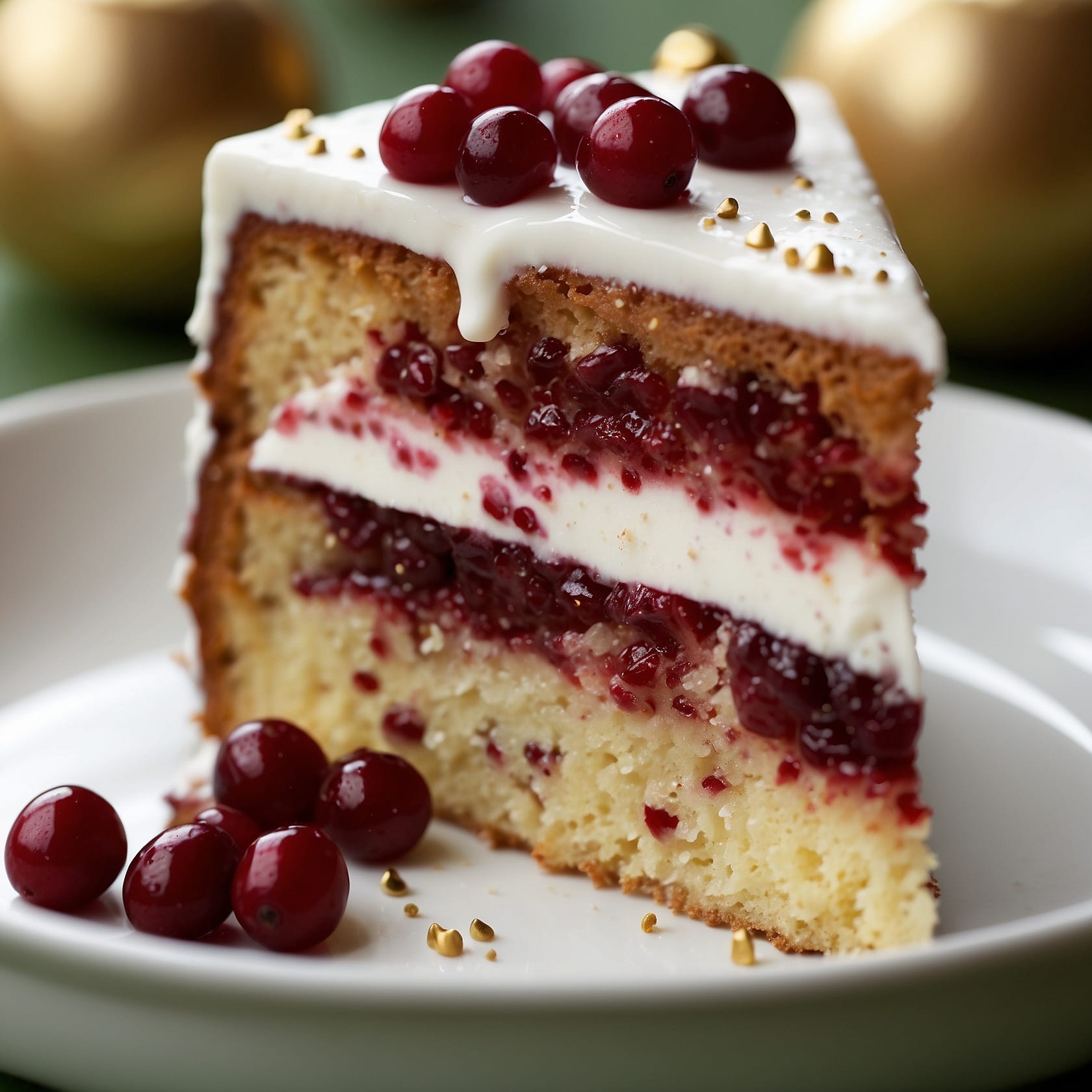 Desserts
Desserts  BREAKFAST
BREAKFAST For more amazing recipes, be sure to check out our other sections to explore a variety of ideas that will enrich your cooking experience. Each section offers its own unique flavors to ensure a delightful culinary journey:
Easy and Quick Recipes: A collection of dishes that guarantee delicious meals with minimal effort and time.
Healthy Recipes: Discover healthy and delicious options that fit your lifestyle.
Desserts: A diverse selection of sweets that will add a special touch of sweetness to your table.
Lunch Recipes: Tasty lunch ideas that you can easily prepare to delight your family.
Dinner Recipes: Delicious and easy-to-make recipes that will make your dinner a memorable occasion.
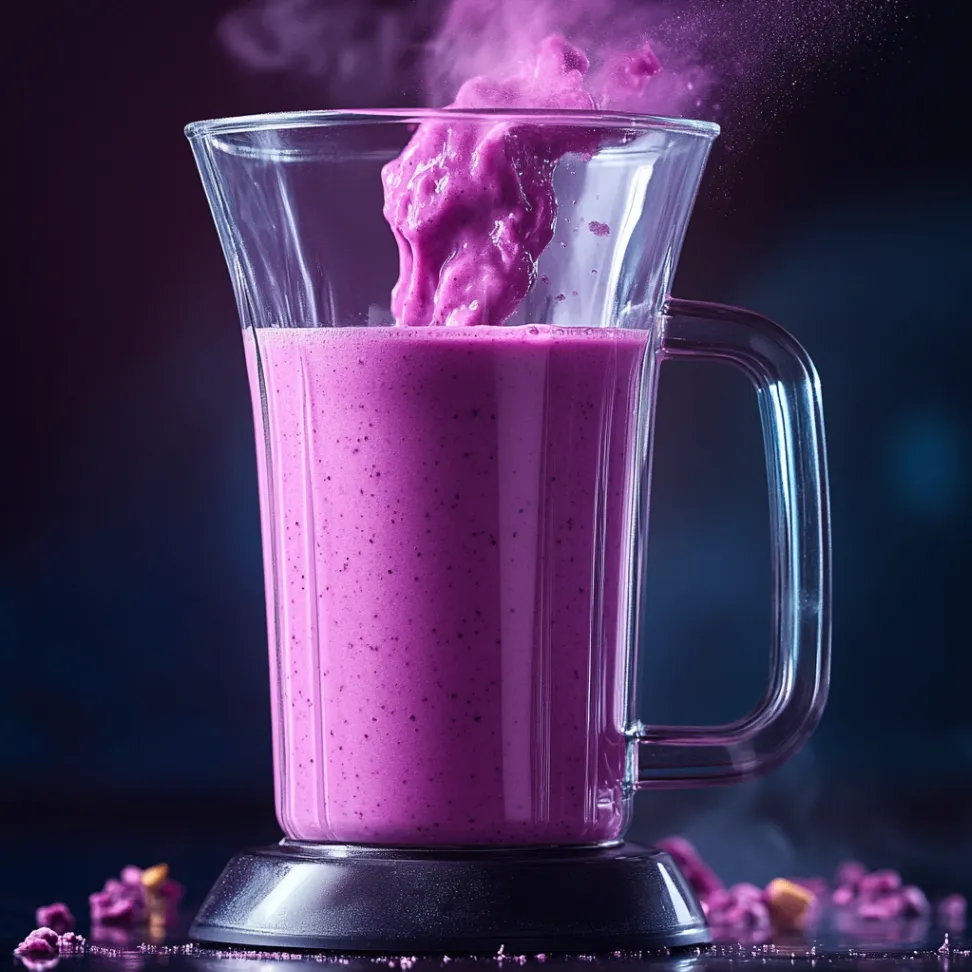
Summary and Final Thoughts
This ultimate Banana Berry protein smoothie recipe represents the perfect fusion of nutrition science and culinary artistry, delivering exceptional taste alongside comprehensive health benefits. From the very first sip, you’ll experience how a thoughtfully prepared Banana Berry smoothie can transform your daily routine into something both delicious and nourishing.
By following the step-by-step instructions in this guide, you’ll master the techniques needed to create consistently smooth, flavorful, and satisfying Banana Berry smoothies. Unlike store-bought alternatives, this homemade Banana Berry blend gives you full control over ingredients, allowing for cleaner nutrition and fewer additives.
The beauty of the Banana Berry smoothie lies in its flexibility. Whether you prefer almond milk, Greek yogurt, or plant-based protein, this recipe adapts effortlessly to meet your dietary needs. Seasonal fruits can enhance your Banana Berry combinations while boosting nutritional variety, making it easy to keep things exciting year-round.
Fuel your mornings, recover from workouts, or enjoy a guilt-free treat by incorporating this Banana Berry smoothie into your routine. With its protein-packed base and antioxidant-rich berries, each serving delivers both flavor and functional nutrition.
Remember: great smoothies start with great ingredients. Invest in quality produce and protein to make your Banana Berry creations stand out. Through practice and experimentation, you’ll discover unique combinations that elevate your go-to Banana Berry smoothie into a personal favorite.
So go ahead—blend up this nutrient-rich Banana Berry delight and enjoy the balance of taste and wellness it brings. Let this simple yet powerful recipe become your new staple, proving that a healthy lifestyle can start with something as delicious as a Banana Berry smoothie.
